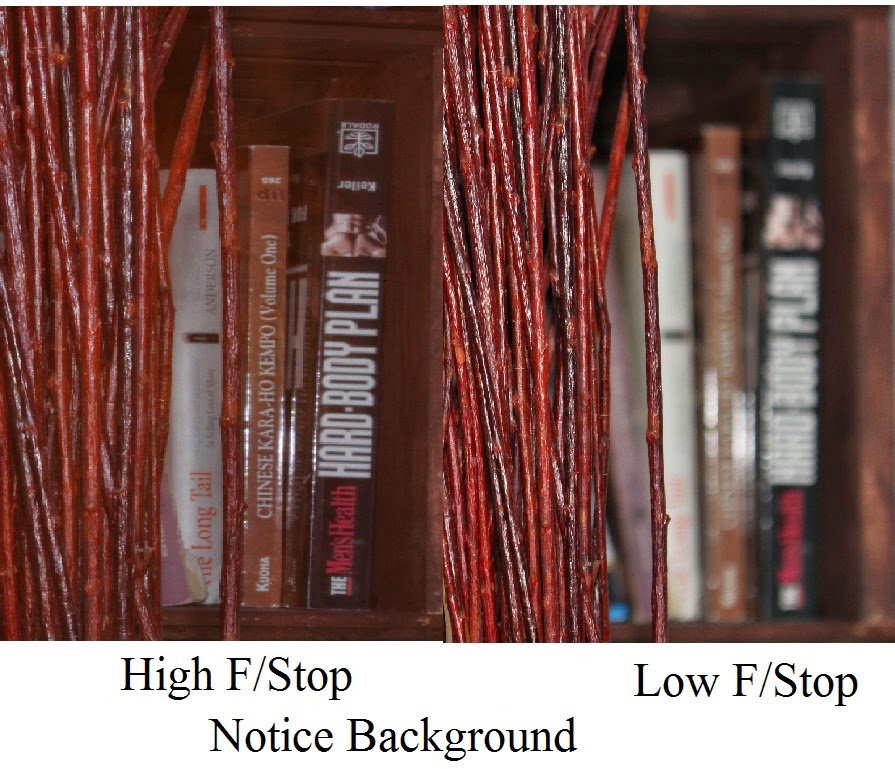Aperture in photography is important for encouraging
more artistic shots. Artistic shots help to improve upon marketing messages
contained within the picture. Companies regularly seek out photographers that
are capable of creating different kinds of art products that highlight key
points within a picture. Aperture is just one of the main adjustments to
stronger photographic results.
Aperture changes the depth of the field within the
picture. You will find the front sharper than the rear. This is great for
taking pictures that highlight a particular item and blur out a distracting
background. Advertisers may change the aperture to ensure that the product
stays in central focus and that the eye naturally rests at a particular place
within the picture.
Different types of people see different things
within a picture. Helping potential customer’s focus on a particular aspect of
a message is part art and science. It requires the right angles, scenery,
content, and artistic shot. Photography is a powerful tool that creates a
personality and brand image that helps companies get their message out
(Pritchard & Whishaw, 2012).
Companies can often connect their themes and
messages to create an image. They have the ability to use different mediums
with similar messages to ensure that customers within their core profile are
attracted. The more relevant the messages the more motivated the customer.
Great marketing reaches out and snags the interest of motivated buyers.
Aperture is part of the three main pillars which
include ISO and shutter speed. When aperture is adjusted so will the shutter
speed (1).
Aperture is the area where the light reaches the lens while the diaphragm blocks
the light. A diaphragms size is designated as f/stops on a camera and has a
corresponding number (2).
The larger the number the more light blocking the diaphragm does.
You will notice when adjusting the f/stops the speed
of the lens will change. As the f/stop increases the speed of the lens will
slow down and if the f/stop is smaller the speed of the lens is faster. Playing
with the distance from the lens and the aperture will change the focal point of
the picture. Generally, lower f/stop numbers increase the background blur while
higher f/stops decrease this blur.
Pritchard, L. & Whishaw, Z. (2012). Commission
photography or stock images-which is better? Design Week.
